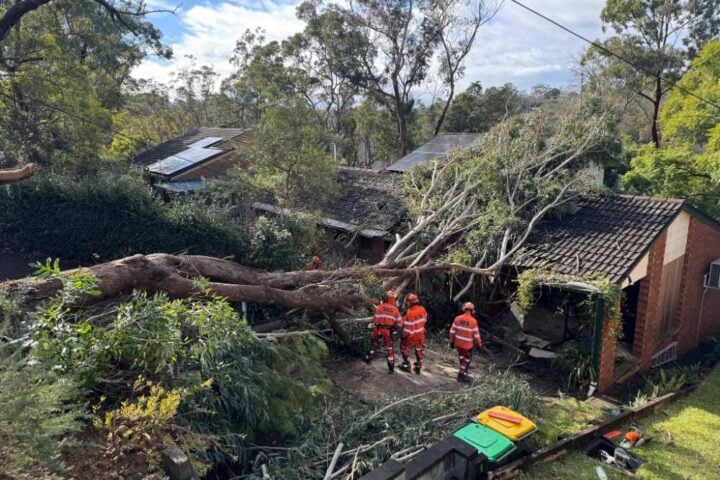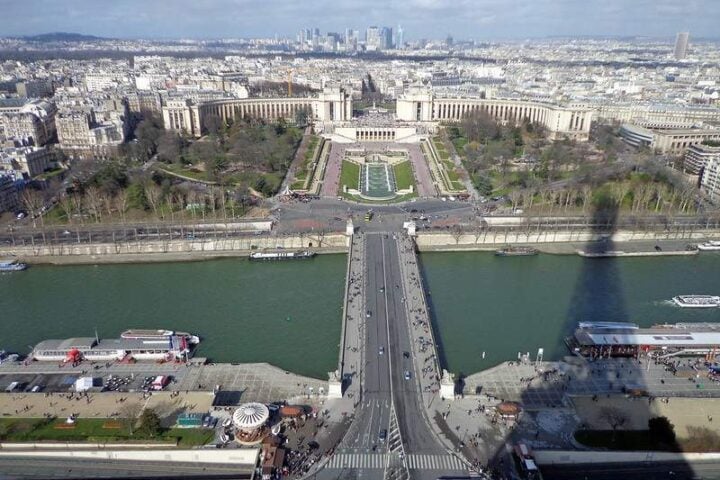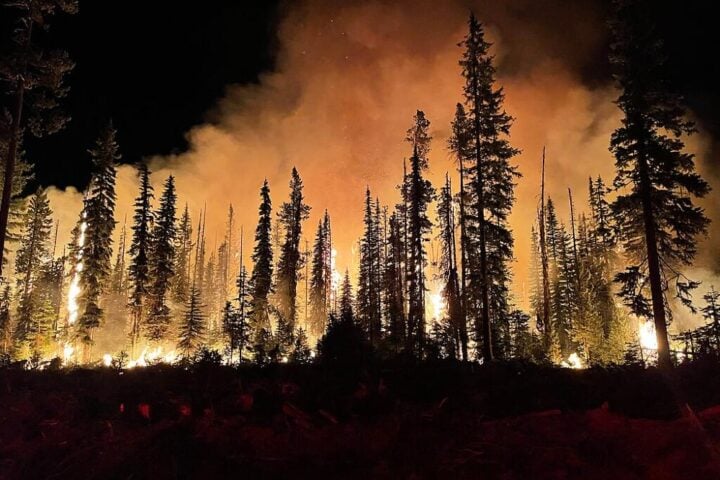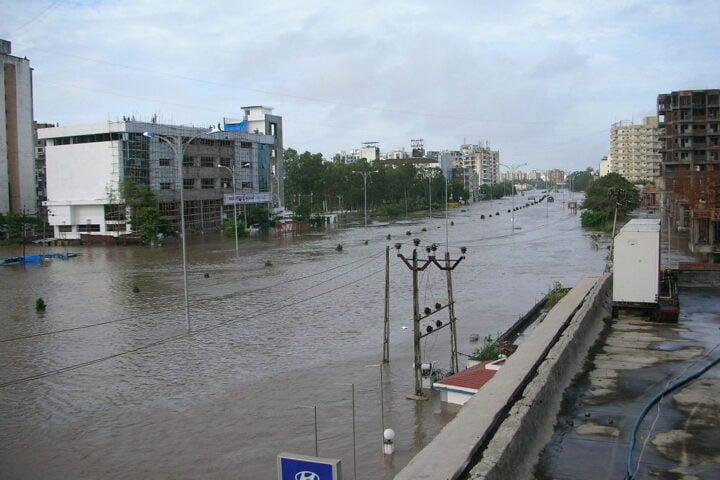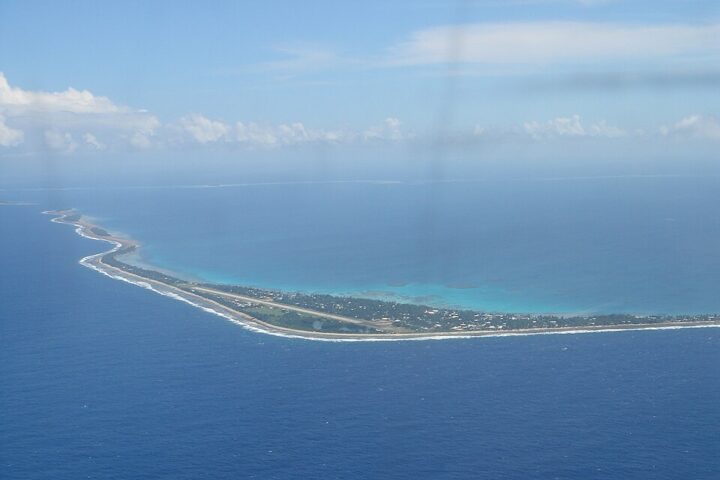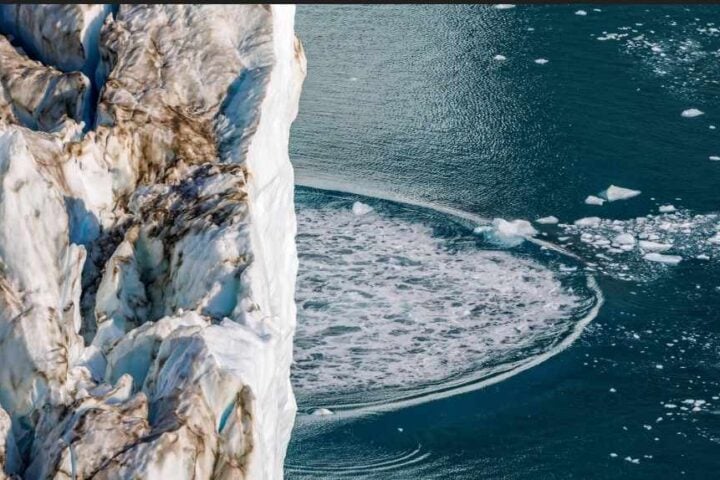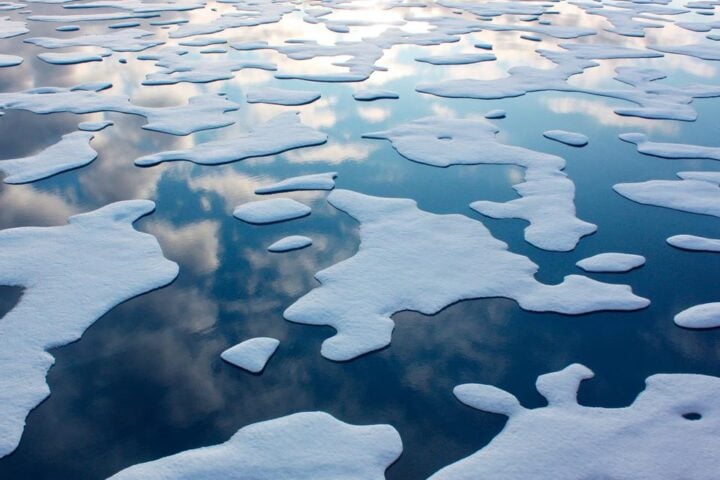The world is on the verge of a fourth mass coral bleaching event which could see wide swathes of tropical reefs die, including parts of Australia’s Great Barrier Reef, the US National Oceanic and Atmospheric Administration said. Marine biologists are on high alert following months of record-breaking ocean heat fuelled by climate crisis and the El Niño climate pattern. “It’s looking like the entirety of the Southern Hemisphere is probably going to bleach this year,” said ecologist Derek Manzello, the coordinator of NOAA’s Coral Reef Watch. This unit of NOAA serves as the global monitoring authority on coral bleaching risk.
Triggered by heat stress, coral bleaching occurs when corals expel the colorful algae living in their tissues. Without these helpful algae, the corals become pale and are vulnerable to starvation and disease. Coral bleaching can be devastating for the ocean ecosystem, as well as fisheries and tourism-based economies that depend on healthy, colorful reefs to attract scuba divers and snorkellers.
The last global mass coral bleaching event ran from 2014 to 2017, during which time the Great Barrier Reef lost nearly a third of its corals. Preliminary results suggest that about 15% of the world’s reefs saw large coral die-offs in this event. This year is shaping up to be even worse as observations trickle in. Following the Northern Hemisphere summer last year, the Caribbean registered its worst coral bleaching on record. Now at the end of its summer, the Southern Hemisphere is basically bleaching all over the place. The entirety of the Great Barrier Reef is bleaching. American Samoa is also bleaching, according to Manzello.
Previous global bleaching events occurred in 2010 and 1998. Coral bleaching is often tied to the naturally occurring El Niño climate phenomenon which leads to warmer ocean waters. But the world also registered its first 12-month period with an average temperature over 1.5 degrees Celsius above pre-industrial levels. Over a longer period of time, a rise of 1.5 degrees Celsius is believed to be the tipping point for mass coral die-offs, with scientists estimating that 90% of the world’s corals could be lost.
For an event to be deemed global, widespread bleaching must occur in three ocean basins—the Atlantic, Pacific, and Indian. Scientists assess sea surface temperature data and satellite imagery to determine whether Reef pixels are passing key thresholds of bleaching. To merit a global mass bleaching event, a certain percentage of Reef pixels need to reveal a level of heat stress in each ocean basin. Based on that definition alone, “technically we’re already there,” Manzello said. The NOAA is thinking how to face this crisis of coral reef bleaching!




